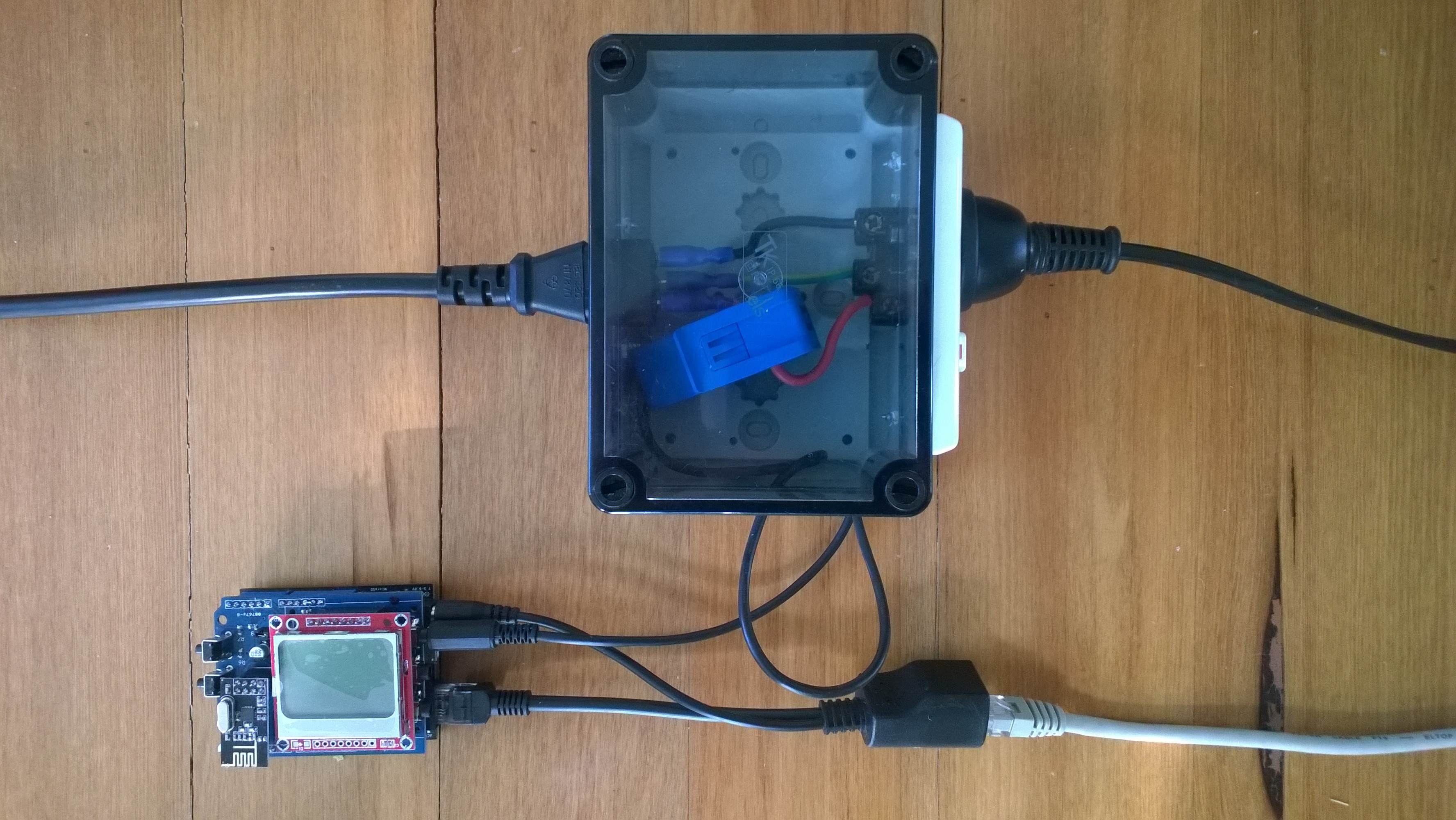Hi EagleSparrow,
I have used the 2.5G shields from SeeedStudio
https://www.seeedstu...3.0-p-2333.html
and 3G shields from
https://www.itead.cc...-3g-shield.html
with a Netduino to initiate calls, send SMS & make http posts.
Voice call & SMS info
https://blog.devmobi...-for-code-club/
HTTP post info
https://blog.devmobi...odem-http-post/
Just need to make sure the shields you use are compatible with local network frequency bands etc.
@KiwiBryn
blog.devmobile.co.nz
- WilliamWog, Allenbof and Galenduet like this



 Find content
Find content Male
Male
 Posted by
Posted by 




